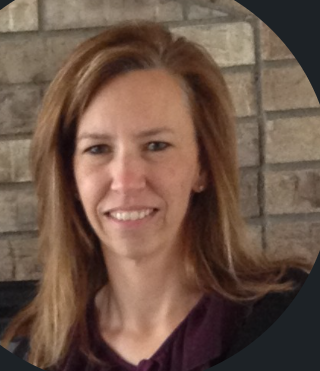
In the past year, the home health, hospice and palliative care industries have had to weather not only the pandemic, but the scheduled rollout of the new Home Health Prospective Payment System (HH PPS) from the Centers for Medicare & Medicaid Services.
Plans to phase out the previous Home Health Groupings Model (HHGM) and evolve into the Patient-Driven Groupings Model (PDGM) started in January 2020, with full integration by 2022. These new HH PPS changes have been keeping providers on their toes, as the influx of paperwork coupled with a strict five-day deadline for filing claims marks a stark difference from what administrators had been doing before.
Clinicians dealing with the new clinical groupings, ICD-10 codes and assessment data are inundated with so much new information, many end up doing more work than before. In the era of PDGM, the best way to streamline workflows, increase staff satisfaction and translate data into actionable information is to use the right technology.
Using analytics to improve patient care and referrals
The old saying goes “knowledge is power,” but what clinicians see inside their electronic health record (EHR) is like sand on the beach — meaningless without context. While PDGM produces a lot more data points for more patient-driven care, not all data is created equal. And when there is too much of it, it can create information paralysis.
The right technology uses the data clinicians already input into the EHR to uncover historic and real-time trends, then presents that information in a visual format clinicians can easily interpret and use to inform action. Providers should look for a software partner that has pre-built dashboards and data analytics technology that can help build the answers to questions like:
- “What really happened?” with descriptive analytics
- “Why did it happen?” with diagnostic analytics
- “What will happen?” with predictive analytics
- “How can we make it happen?” with prescriptive analytics
This information is not meant to replace clinicians with years of experience in patient care; it allows them to focus more on providing that care and less on crunching numbers behind a computer. The more insights data analytics provide, the better the predictions clinicians can make and the more proactive care they can provide to improve patient outcomes as a result. And in the PDGM era, with better patient outcomes comes an increase in referrals, helping an agency’s bottom line.
Billing in the PDGM era
Providers have been dealing with PDGM-related changes for over a year now, but there is a difference between knowing about the new five-day deadline and having the resources to support such a strict filing schedule.
Administrators are already stretched thin when it comes to form and policy changes, such as for the 30-day care periods and Low Utilization Payment Adjustment. Providers without a system in place for the claims process risk heavy penalties placed on late submissions. Data analytics technology helps administrators streamline workflows and expedite billing by automating filings and scheduling claims within the new timelines. This in turn alleviates stress from employees and increases employee satisfaction. Having the manpower and the technological support is essential to thriving in this new PDGM era.
Having the right tools can mean more opportunities
With the billing metrics and analytics readily available, providers can visualize payer-specific trends, review granular data from the local to national levels and monitor KPIs across the enterprise in near real-time. Instead of reading stacks of reports, providers can use analytics software to get the competitive advantage over others who need to do this by hand.
With the competitive landscape of today, it is no longer enough to react to patient needs as they occur. Providers need tools to help their clinicians track historical trends, predict risks and reduce time spent on administrative work so they can provide more proactive patient care. Using data-driven tools to achieve this can improve outcomes, enhance the patient and clinician experience and increase referrals, ultimately strengthening business amid the new PDGM model.
Amy Anderson is a senior product manager at MatrixCare, an innovative software company that provides integrated EHR solutions across post-acute long-term care settings. She has over 20 years of experience in home-based care technology, with a laser focus on data and analytics to help providers optimize their clinical operations and give providers a competitive advantage.
This article originally appeared on McKnight's Senior Living



